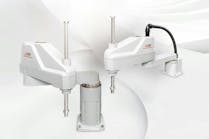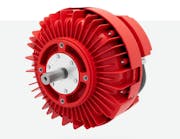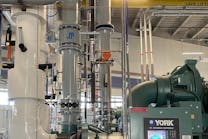I am a runner and, quite possibly, a fool (and no, not merely because I am a runner).
One morning in mid-June, I was running near my home when I felt a twinge in my right knee. With only about a half-mile to go, I decided to continue running. Once I arrived home, the pain stopped, and I did not give it another thought.
Two days later, I was about a mile-and-a-half into my next run when the pain returned, this time with enough intensity that I stopped, turned around, and returned home.
If it had been someone else in my situation, I, like any reasonable person, would have advised him or her to see a doctor. I, of course, am not someone else. And when it comes to my exercise routine, I am not always reasonable. (I have been known to rise as early as 2:30 a.m. to work out on a day I have an early morning flight, and when my wife and I drove to Myrtle Beach, S.C., where I knew I would not have ready access to a fitness facility, for our honeymoon, I took a pair of dumbbell bars and 60 lb of weight plates.) Fearing a doctor would tell me to stop running for a prolonged period of time, I resorted to a strategy for dealing with the pain in my knee not unlike my strategy for dealing with whining by my nearly 4-year-old daughter: Don't indulge it, and hope that it goes away.
And so it went for weeks: Every other day, I would run, and after a half-mile or so, my knee would start hurting and not stop until I stopped running. Meanwhile, I was telling my wife, who was encouraging me to see a doctor, "Let's see how my knee responds to my next run."
Was ignoring a possible warning sign and tempting fate foolhardy of me? Yes, it was. You could say I was practicing "run-to-failure," or reactive, maintenance, which a study cited by the U.S. Department of Energy (DOE) (http://bit.ly/92DOCO) indicates is the predominant form of maintenance in the United States, constituting more than 55 percent of the maintenance program of a typical facility.
In run-to-failure maintenance, the DOE notes, "No actions or efforts are taken to maintain the equipment as the designer originally intended, either to prevent failure or to ensure that the designed life of the equipment is reached." Basically, equipment is run until it breaks.
The advantages of run-to-failure maintenance—lower initial costs and smaller staffs—appear short-term at best. According to a paper on the Website of Capetronics Inc., a specialist in the repair of electroluminescence displays (http://bit.ly/96IIhD): "A repair performed in the reactive, or run‑to‑failure, mode will average about three times higher than the same repair made within a scheduled, or preventive, mode. Scheduling the repair provides the ability to minimize the repair time and associated labor costs. It also provides the means of reducing the negative impact of expedited shipments (of replacement parts) and lost production."
Whether you oppose or practice run-to-failure maintenance, we want to know what you think. Is it shrewd management or willful neglect? Is there such a thing as a disposable HVAC component, or should every component be treated as a vital cog in the proverbial wheel? What pressures might be contributing to the continued practice of run-to-failure maintenance? Does run-to-failure maintenance have a place in a green environment? Please write to me at [email protected].
Back to my knee: By early August, I had been running with pain for nearly two months. What's more, my left knee was starting to hurt, apparently from compensating for the right. And yet in two days' time—from one run to the next—I went from thinking I had aggravated my injury, as I had felt another twinge in my right knee, to running virtually pain-free. Hope, it appears, may work as a strategy for the human body, with its ability to heal itself, but, unfortunately, the same cannot be said for HVAC equipment.








